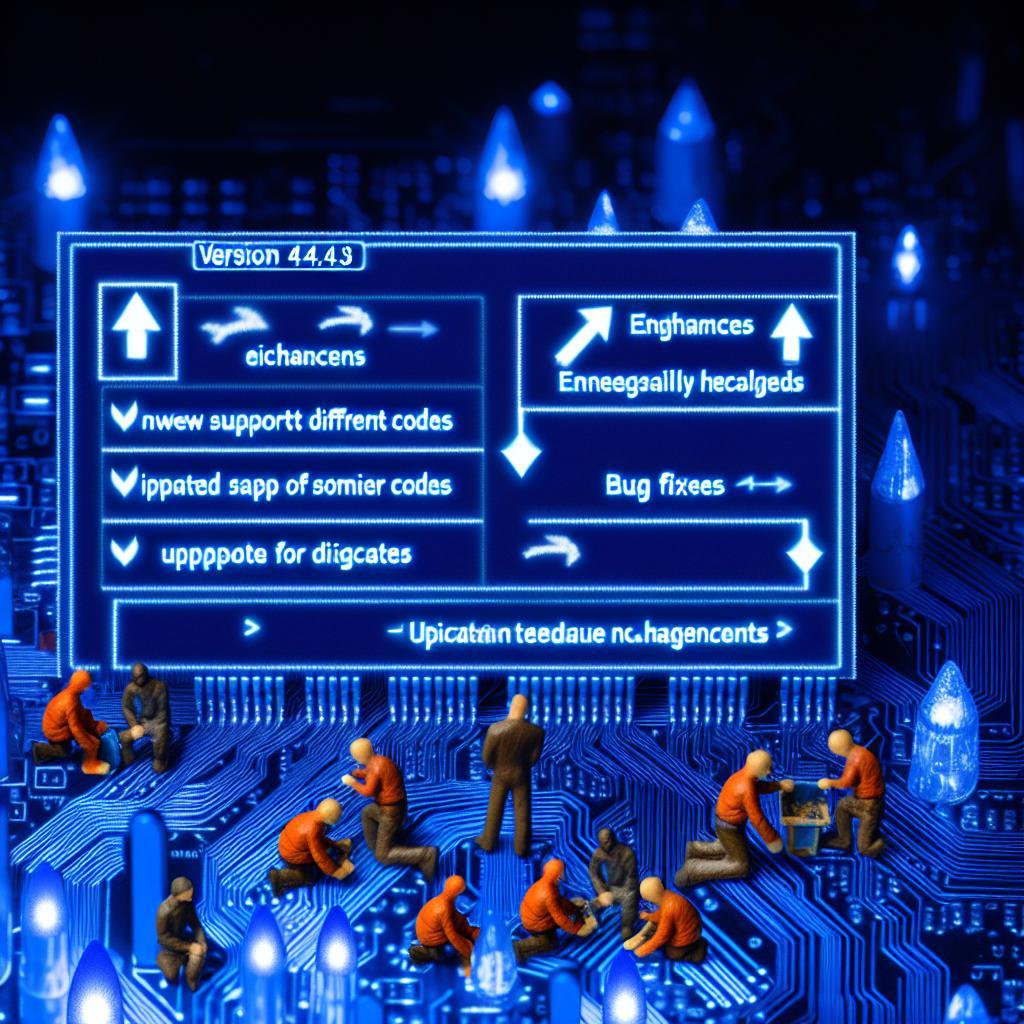Title: Understanding the Zero Trust Framework: A Comprehensive Guide
Meta Title: Everything You Need to Know About Zero Trust Framework
Meta Description: Learn about the Zero Trust Framework, its importance in cybersecurity, benefits, and practical tips for implementation in this comprehensive guide.
Introduction:
In today’s rapidly evolving digital landscape, cybersecurity has never been more critical. With cyber threats becoming more sophisticated and prevalent, organizations need to adopt robust security measures to protect their sensitive data and networks. One such framework that has gained traction in recent years is the Zero Trust Framework. In this guide, we will delve into the concept of Zero Trust, its importance, benefits, and practical tips for implementation.
What is the Zero Trust Framework?
Zero Trust is a security concept based on the principle of “never trust, always verify.” In traditional security models, once a user is inside the network, they are often granted unfettered access to various resources and sensitive data. However, in the Zero Trust Framework, trust is never assumed, even for users inside the network. Every user, device, and application must be authenticated and authorized before granting access to resources.
Key Components of Zero Trust Framework:
- Identity and Access Management (IAM): Implementing strong authentication mechanisms such as multi-factor authentication (MFA) and least privilege access.
- Network Segmentation: Segmenting the network to contain breaches and limit lateral movement of attackers.
- Micro-Segmentation: Dividing the network into smaller segments to minimize the impact of a breach.
- Continuous Monitoring: Monitoring user and device behavior in real-time to detect and respond to potential threats.
Benefits of Zero Trust Framework:
- Enhanced Security: By implementing Zero Trust principles, organizations can significantly reduce their attack surface and mitigate the risk of data breaches.
- Improved Compliance: Zero Trust helps organizations meet compliance requirements by enforcing strict access controls and monitoring.
- Better Visibility: With continuous monitoring and authentication, organizations gain better visibility into their network and potential security threats.
- Flexibility: Zero Trust allows organizations to adapt to changing security landscapes and scale their security measures accordingly.
Practical Tips for Implementing Zero Trust Framework:
- Conduct a thorough assessment of your current network architecture and identify areas of vulnerability.
- Define access policies based on the principle of least privilege, ensuring that users only have access to the resources they need to perform their tasks.
- Implement robust authentication mechanisms such as MFA and biometric authentication.
- Educate employees on the importance of Zero Trust and cybersecurity best practices.
- Monitor network activity in real-time and respond promptly to any suspicious behavior.
Case Studies:
- Google: Google’s implementation of Zero Trust has been widely acclaimed, with the company adopting a perimeter-less security model to protect its sensitive data.
- Cisco: Cisco implemented Zero Trust to enhance its security posture and reduce the risk of data breaches, showcasing the effectiveness of the framework in real-world scenarios.
Conclusion:
The Zero Trust Framework represents a paradigm shift in cybersecurity, emphasizing the importance of strict access controls and continuous monitoring to protect organizations from evolving cyber threats. By adopting Zero Trust principles and implementing robust security measures, organizations can strengthen their security posture and mitigate the risk of data breaches. Embracing Zero Trust is not just a trend but a necessity in today’s digital age.







